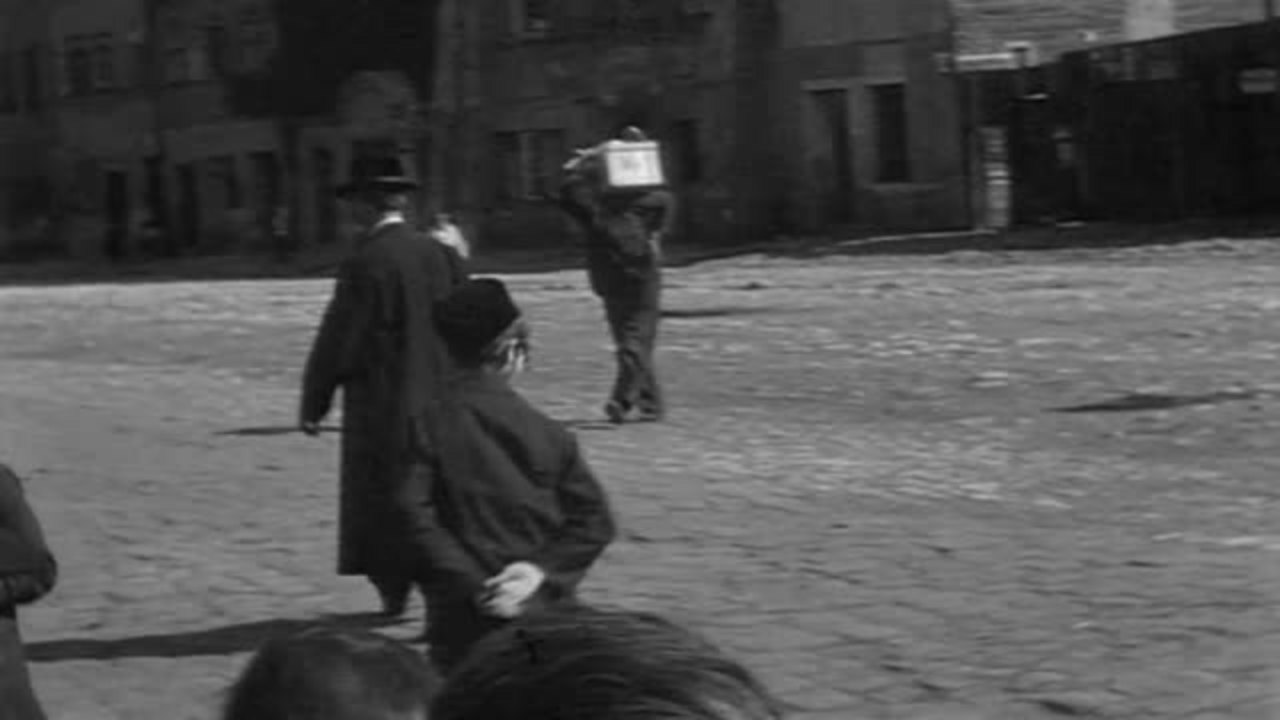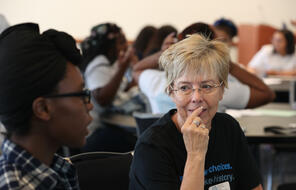The town into which I shall take you, dear reader, is exactly in the middle of that blessed pale into which Jews have been packed as closely as herring in a barrel and told to increase and multiply. In a town much like this, the man who became known as Sholem Aleichem spent his youth. He was born Sholem Rabinovich in 1859 to a successful Jewish merchant.
His childhood home of Woronko was one of hundreds of small Jewish market towns with shtetl. Stuck away in a corner of the world, isolated from the surrounding country, the town stands often, dreaming, bewitched, immersed in itself, and remote from the noise and bustle, the confusion and tumult and greed, which men are dignified with names like progress, civilization.
Shtetl is a very small place. Everybody knows everybody. It's an intimate little town. It's mostly populated by Jews.
The shtetl tended to be very self and closed place, and often very isolated and very traditional.
That made for kind of a Jewish intimacy, and Jews were kind of simmering in the little pods.
Sholem had been with his family like their fellow Jews, lived a traditional life that revolved around the rituals of religious observance. He was educated in a heder or religious school, where he studied Hebrew and Torah.
It was a world, really, in which people shared very much a common culture, a common way of life. The Rabinovich family was more or less secure. There was also the status of being one of the most prominent families in this little place, and Sholem have savored this sense of being important, the son of an important person, and completely secure in his environment. The picture is one of the very, very happy shtetl childhood.
In later years, he would memorialize his childhood, transforming his hometown of Woronko into the mythical shtetl of Kasrilevka.
"When the holy Sabbath arrives, let Yehupetz perish, let Odessa be razed, like Paris itself sink into the earth. Kasrilevka lives. And this is a fact, that since Kasrilevka was founded, no Jew has gone hungry there on the Sabbath."
Sholem Aleichem's own shtetl of Woronko was part of a vast network of towns that lay in a territory known as the Russian pale of settlement. The pale stretch from the Baltic to the Black Sea, by czarist decree, it confined within its borders some five million Jews. Facing harsh economic restrictions and largely forbidden to own land, the Jews of the pale eked out a Meager existence.
You go out into the street, the market women are speaking Yiddish.
A mixture of German, Hebrew, and Slavic languages, Yiddish was the everyday language of Jewish life in the pale. Spoken by all, those looked down upon as inferior to the sacred Hebrew of the Torah. Yiddish separated Jews from their Russian neighbors, marking off a Jewish world all its own.
The Yiddish language existed for 1,000 years and was evolving throughout that period. It was the spoken language of Jews. If you look at it in different ways, kind of the in-language of the people on the outs. It exists alongside Hebrew, which is the holy language-- lashon hakodesh. But Yiddish was something different. Yiddish was mama lashon, the mother's tongue, meaning the language of the home, the language of daily life.
Yiddish was a place where you were safe and you could talk about your concerns internally, even as you were open to the outside world. It's a kind of protective shield, a portable homeland.














